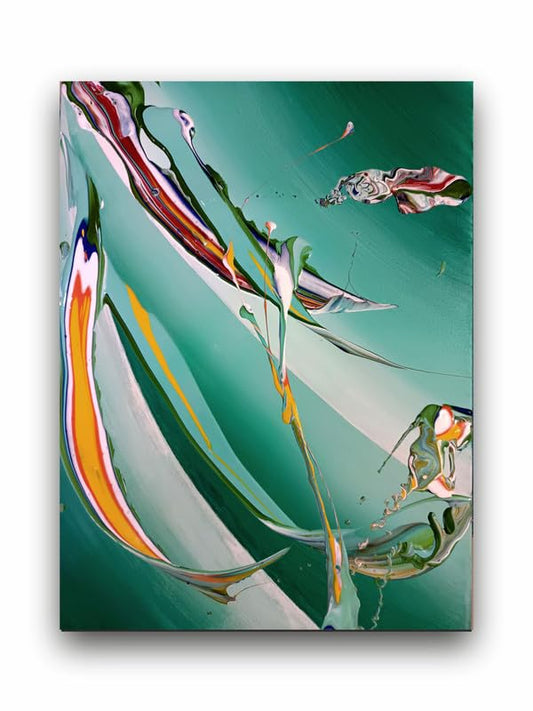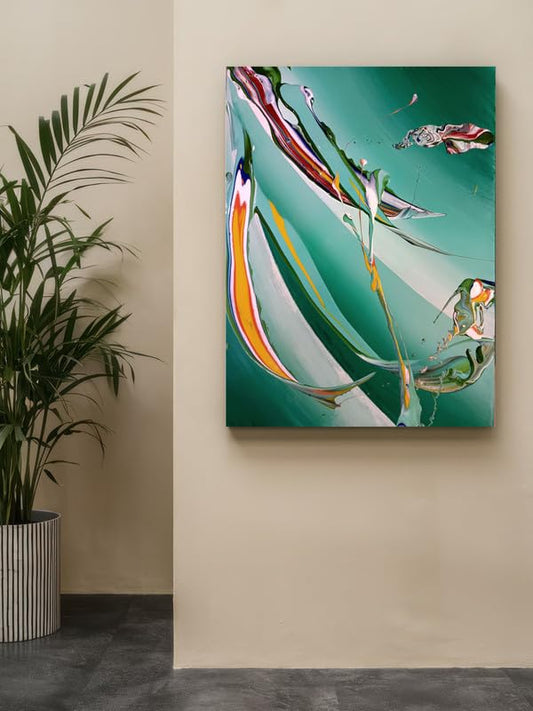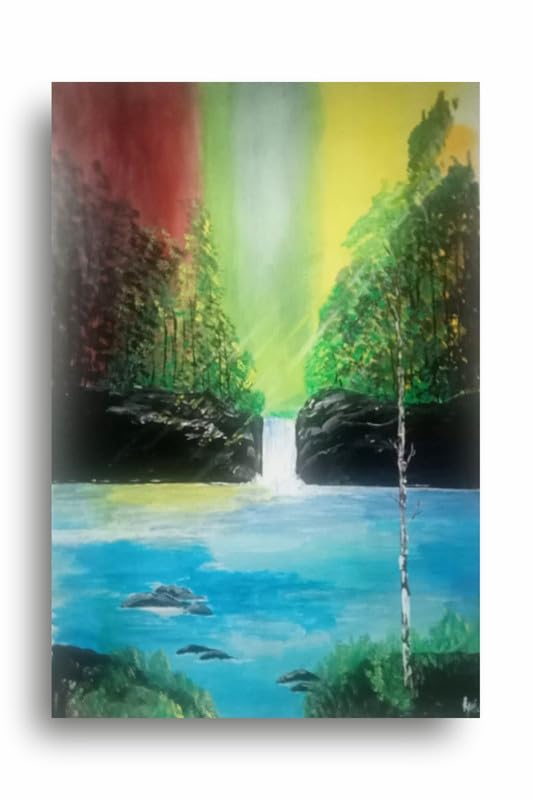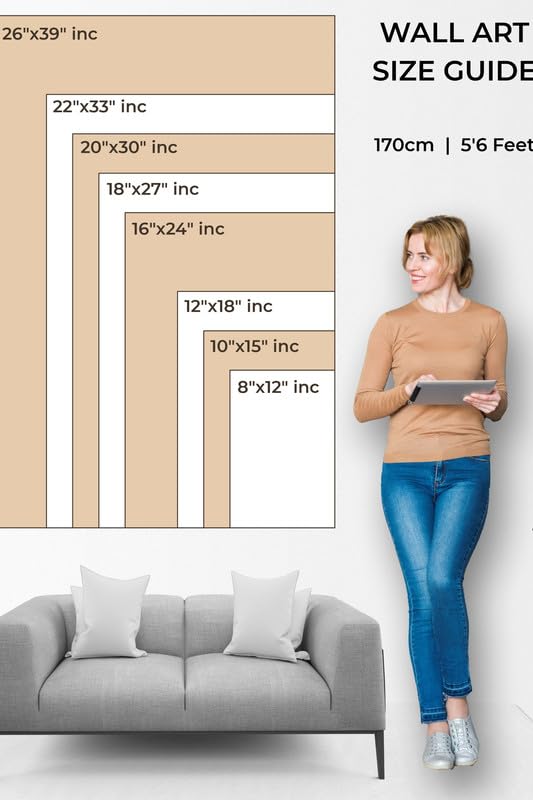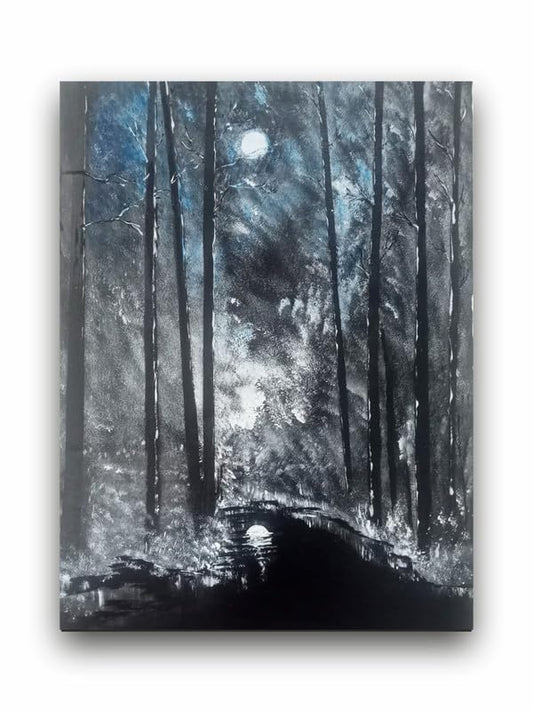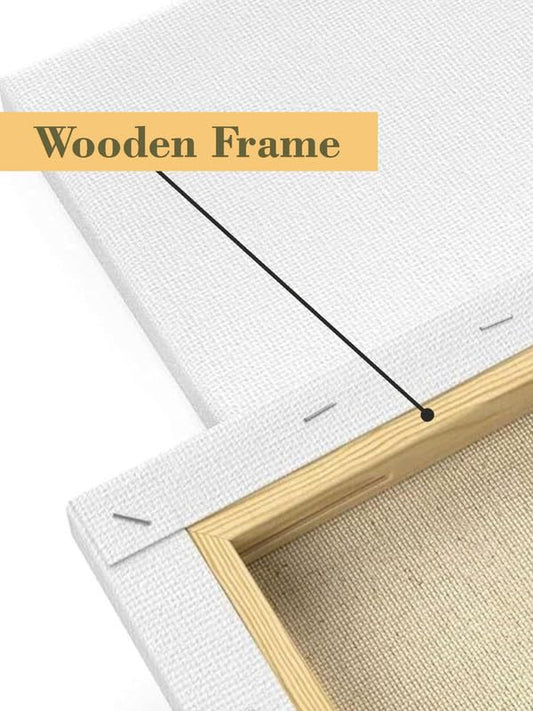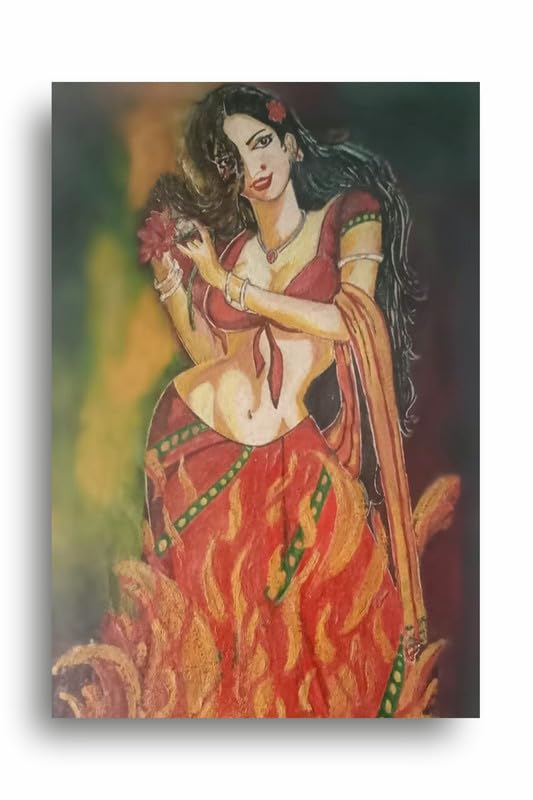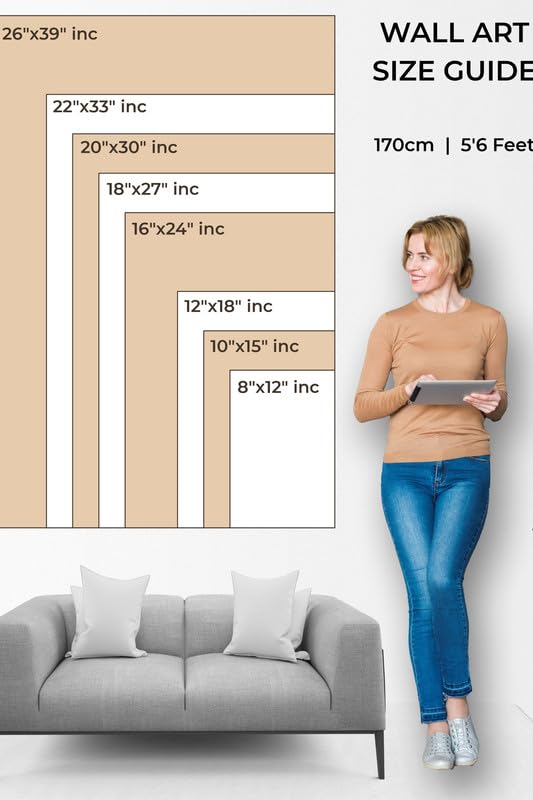
The Effects of Technology in Creativity in Abstract Art
The Effects of Technology in Creativity in Abstract Art
Abstract art, over time, has been known for the creativity that had no bounds to say nothing of open and limitless expression. Traditionally, abstract artists gave their visions through conventional media such as paints, canvases, and brushes. The effects of speedy technological advancement have therefore seen the most radical alteration in abstract art creation. Artists today have available to them a variety of digital tools that have widened the frontiers of artistic expression in the marriage of creativity and technology.
Digital Tools and Techniques
Perhaps technology has had its greatest influences on abstract art with the advent of digital painting tools. Software such as Adobe Photoshop, Corel Painter, and Procreate grant the artist an infinite canvas where he/she can integrate an enormous array of brushes, textures, and effects. An artist can now experiment in ways not normally limited by physical materials; she/he can layer, blend, and manipulate any and every work in any manner that can be compared to the making of a mosaic, which, by traditional definition, would be almost impossible. That aside, artists can also work non-destructively, so that their works can be undone or modified at any time. This process promotes a more experimental and iterative approach to abstract artworks.
Generative Art and Algorithms
Another technological innovation in the world of abstract art is generative art. Here, using algorithms, artists can create partially or even completely code-controlled abstract art. They can let the computer create innovative patterns and forms, with highly constrained parameters predetermined. This blend of mathematics and creativity allows the abstract artist to venture and develop forms and forms that were impossible to do.
Generative art introduces this entirely new level of spontaneity, which speaks out of randomness very uniquely, and it often appeals to the root principles of abstract expressionism.
Virtual Reality and 3D Modeling
VR and 3D modeling have opened new avenues to abstract artists. Inside VR, an abstract artist can step inside his work, "with" Tilt Brush or Gravity Sketch, immersing himself in three-dimensional abstract spaces. Abstract art creation will be freed from the two-dimensional canvas and opens opportunities for much more dynamic and spatial interaction with one's work. With this technology, the viewer is able to absorb abstract art as a totally immersive, interactive environment, rather than just a picture on a wall.
Accessibility and Global Reach
Technology has made abstract art accessible to an enormous global audience. Using social media and online galleries artists can share work to millions of people in real time. Instant global spread may open geographical barriers that once limited emerging artists' exposure to their works. Further, NFTs have enabled artists to sell and distribute digital abstract art in a secure verifiable way, thus pushing the boundary further on how abstract art is created, sold, and enjoyed.
The Future of Abstract Art
With the evolution of technology, tools and techniques by abstract artists will also evolve. Now, artificial intelligence is not new anymore; rather, it is just beginning to play a role in art making, giving even more complex ways of generating and manipulating abstract forms. Whether it's about painting style predicting algorithms or AI programs that collaborate with artists to create new works, all these surely play their own role in abstract art making in ways that were previously unimaginable yet exciting.
Abstract art creation is more profound and expansive in influence by technology. From digital painting to generative algorithms and virtual reality, artists come up with new tools to push what abstract art is all about. Technology actually does enhance creative processes and democratize the art world by giving more artists the tools and platforms they need to share their unique visions with the world. Without a doubt, the future of abstract art is wedded to the future of technology, with virtually no limits as to where it might lead.
The Effects of Technology in Creativity in Abstract Art

